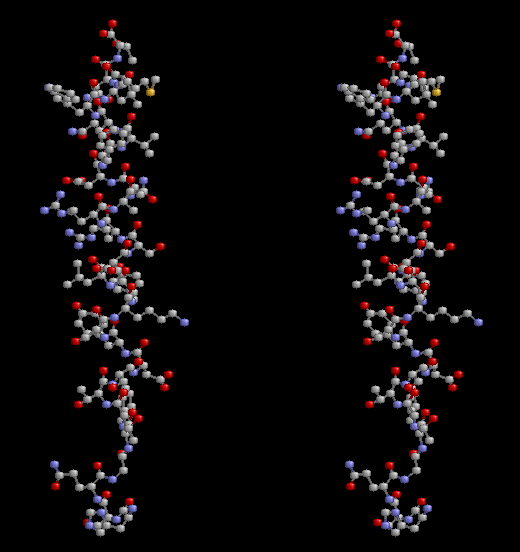If you like this post , click on G+1
Why contemporaries have a tendency to weight gain are many and complex. In our regions, food is generally rich, and the lifestyle is not necessarily a physical compensatory spending. It is a fact. It also seems that environmental factors - active from the prenatal period on embryos and fetuses are also involved.Insulin plays a major role in the metabolism in general, where it operates as a regulator. Disturbances related to the action of external agents can cause deregulation, which can lead to weight gain inconsiderate and at worst obesity.
The hormone operates a regulatory role of a center in the middle part of the brain, particularly on the "circuit of self-reward." has long been known that this mechanism is activated in people who are who are compensated for their everyday problems ,
like stress or family troubles ; by iterative power,
palatable and
often very
rich in energy. Like chocolate and sugary cereal bar.
The result is a risk of obesity.
Insulin intervenes in the regulation
of this circuit, and does so normally repressive. To find out how this repression showed himself active, researchers have produced a strain of mice in which pancreatic insulin was partially or totally ineffective. Result: the system of self-satisfaction remains active. The mice are eager to complacency food, animals quickly become obese and develop diabetes insulin dependent.
If this is true in humans, this may be a way to counter the craving for food, which many people obsessed with the consequences in terms of overweight and obesity
learn more about oxidative stress:
Insulin function
Synthesized by the
β cells of islets of Langerhans in the pancreas, allows glucose uptake by
muscle cells and adipocytes, and its conversion englycogène or fatty acids.
This is a hypoglycemic hormone.
 |
| Insulin structure |
Its role is to
maintain a constant concentration of blood glucose. When its secretion is
insufficient, there onset of diabetes, which is why diabetics receive regular
insulin injections.
In the elderly,
there is resistance to insulin. Indeed their tissues do not respond as well to
insulin than before. Among the consequences of this resistance, it may be noted
on the one hand, the increased insulin levels in the blood (which may seem
paradoxical but is perfectly logical), and secondly, the occurrence of
disorders metabolism, which promote the accumulation of fat, which in turn,
contributes to the deterioration of the wall of the arteries. The treatment of
this dysfunction is a popular subject of research against the effects of aging
especially since it is currently only partially treated with medication
 |
| Glucagon stereo-structure |
Glucagon has a
hormonal function opposite to that of insulin, since it causes a rise in blood
glucose (hyperglycemic function). For this, it has a function of hydrolysis of
glycogen content in the liver, causing the release of glucose molecule in
lesang. This phenomenon is called glycogenolysis.
Regulating the
action of insulin and glucagon to maintain a correct and appropriate blood
sugar to the effort by the body.
Source:
Cell Metabolism, Volume 13, Issue 6, 720-728, 8 June 2011
Kruger DF, Gatcomb PM, Owen SK. Clinical implication of amylin and
amylin deficiency. Diabetes Educator. 1999;25:389-398



No comments:
Post a Comment